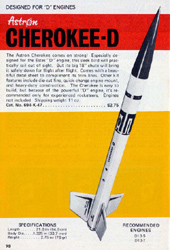
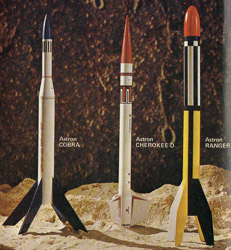
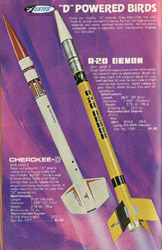



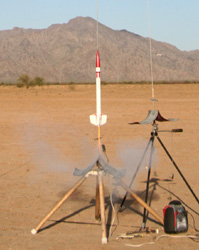 Estes Clone D12-7 |
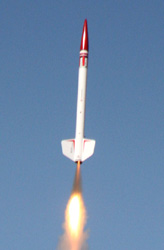 2.2" H128W |
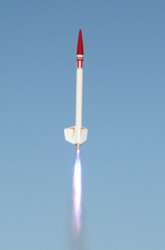 2.2" I300T |
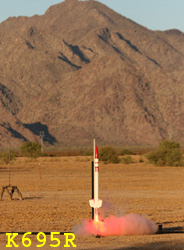 3.1" K695R |
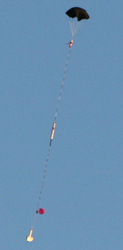 3.1" K695R |
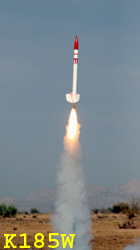 3.1" K185W |
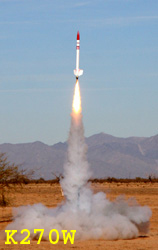 3.1" K270W |
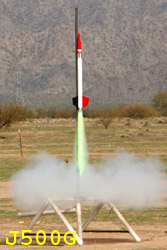 2.2" J500G |










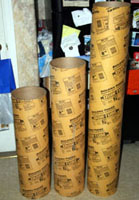
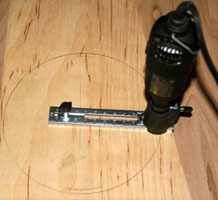
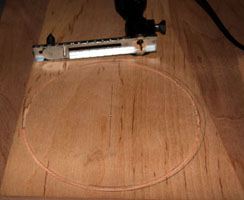
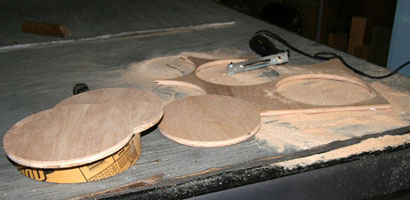















































































































































| My Dad: Continuing Love and Support |
Estes Industries The original design |
Jim Z's Rocket Plans Estes CHEROKEE D plans |
Apogee Components (RockSim) Design Software |
PerfectFlite Electronics Primary/backup altimeters |
| Missile Works Secondary altimeter |
AeroTech Consumer Aerospace Motor/hardware |
What's Up Hobbies 98mm Fwd Seal Disk & nylon shock cord |
Giant Leap Rocketry Easyglas Sock and recovery components |
Sticker Shock 23 Custom Vinyl Graphics |
| Sticky Stuff Sales Resin/epoxy accessories |
West System External resin/epoxy |
Microfasteners Nylon shear pins |
The Home Depot Misc. hardware |
Lowe's Home Improvement Center Misc. hardware |
| Granger IndustrialSupply Forged eye nuts/bolts |
Aerocon Systmes External Switches |
Essence's Model Rocketry Reviews & Resources You name it! |
Public Missiles Ltd. Liquid Two-Part Foam (1st Nosecone) |
Harbor Freight Tools Drill Press Circle Cutter |